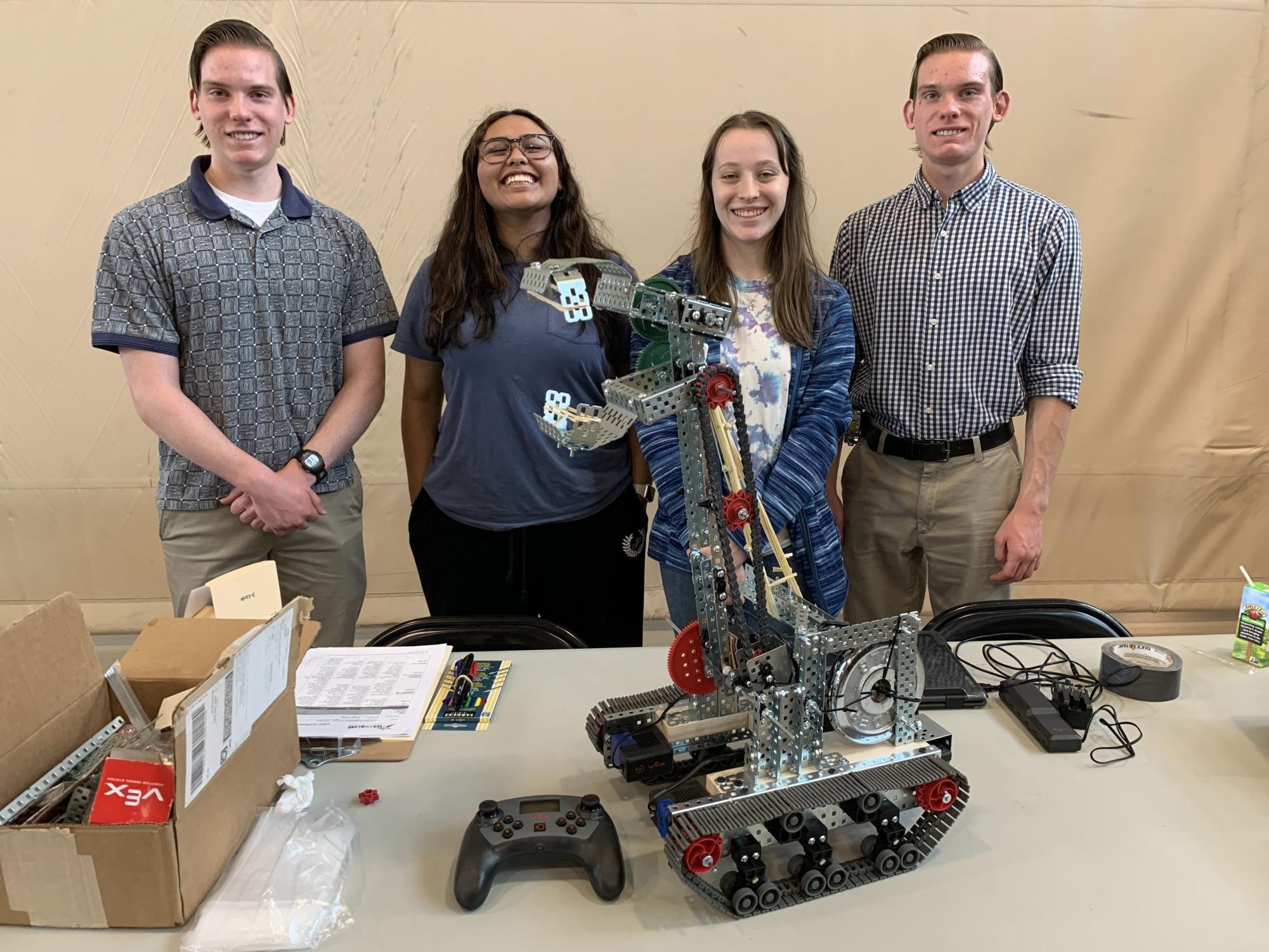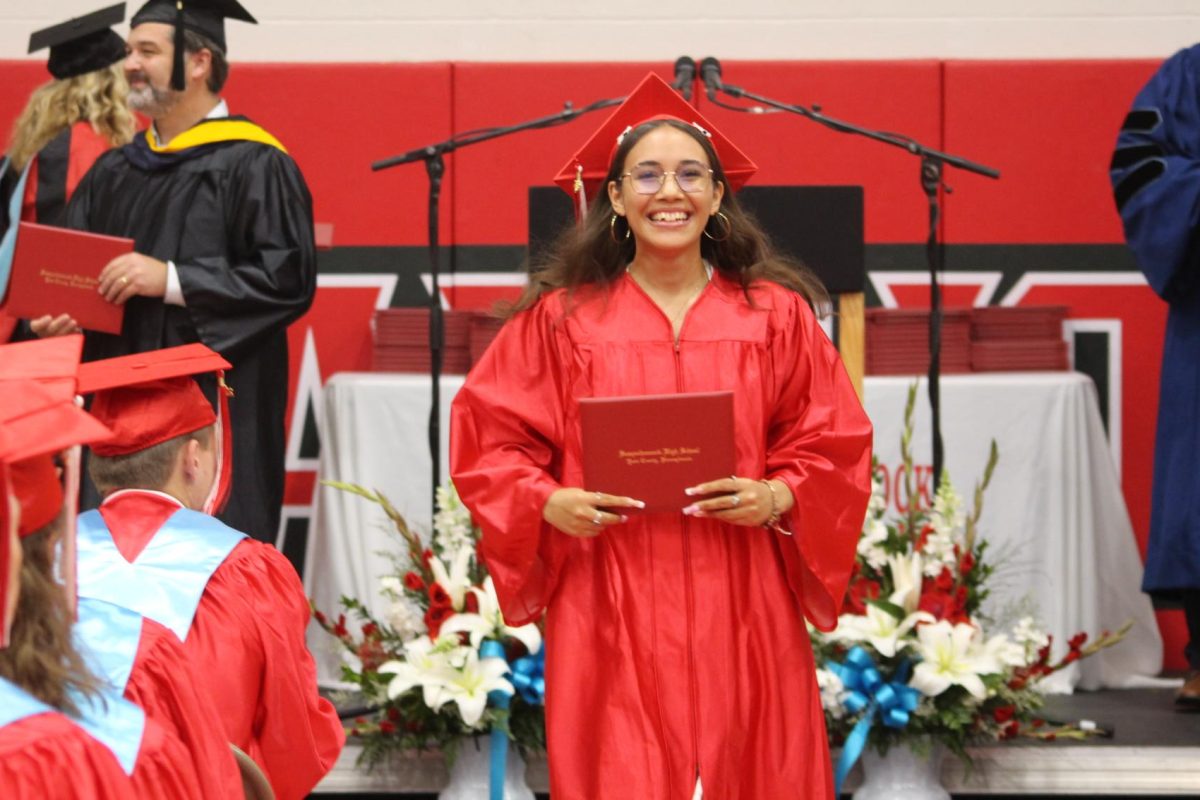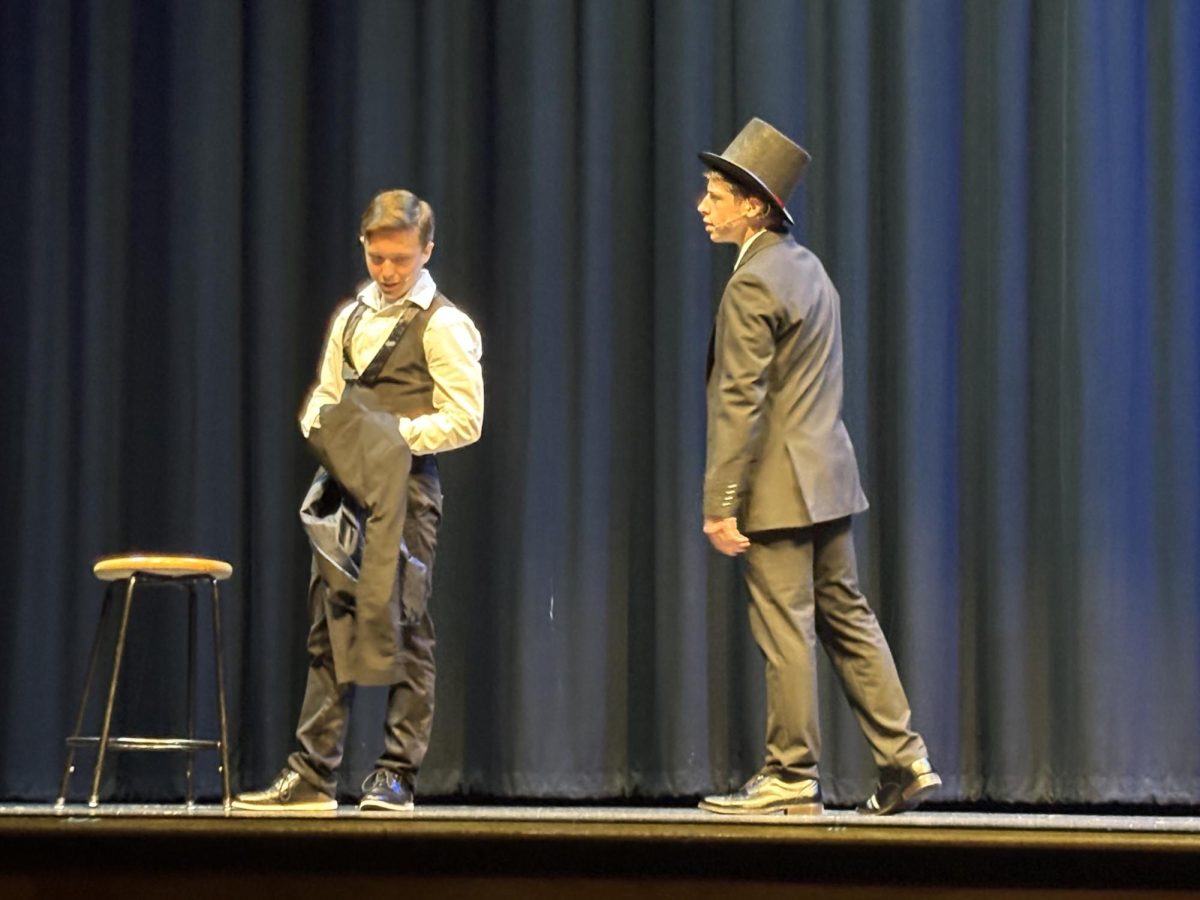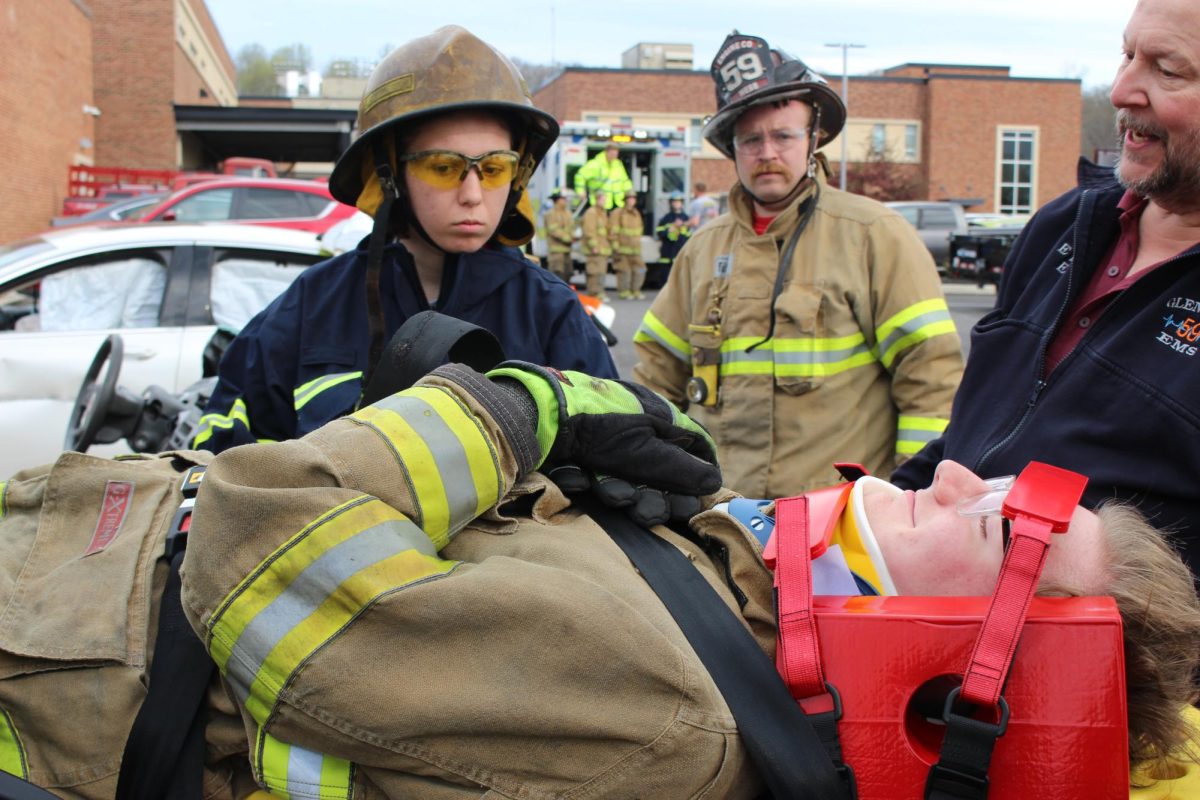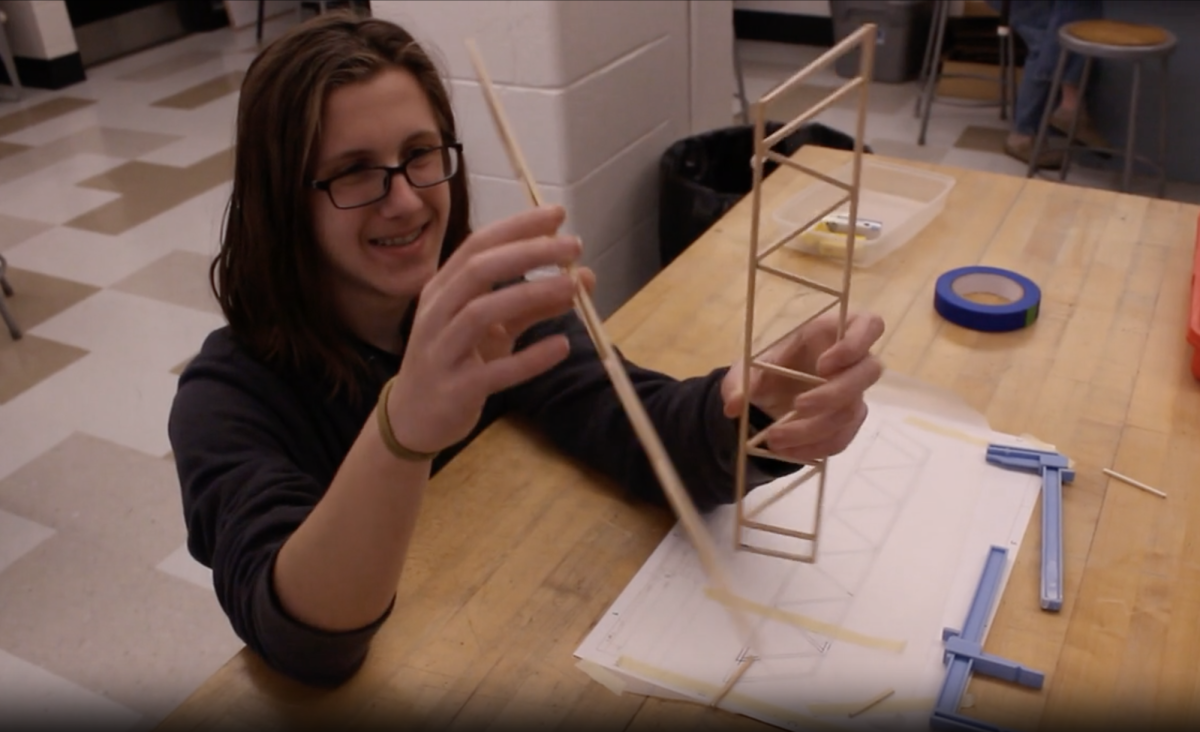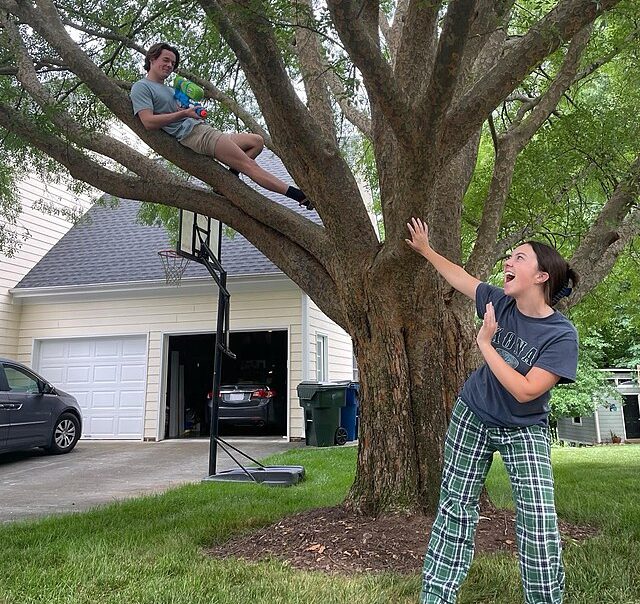A team of engineering students placed first in the South Central PA Region SeAL challenge at Millersville on Thursday, April 18, 2024.
All three Susquehannock teams had very well-designed robots; however, the “Euler Engineers” took first place.
Junior Leslie Hernandez was one out of the four people who competed in the challenge along with junior Mona LedBetter-French, senior Ian Rosul and senior Robert Rosul.
The challenge was a team effort, and it took a very long time to get done.


 “We had been working on the robot from mid-January 2024 [until] I believe April 17, 2024,” Hernandez said. “Everything was very time-consuming, but designing our robot took only a few classes. We had a vision to start with, but as time passed, we changed some of the designs. With building, we had to wait until our PDR (Performance and Development Review) had gotten back to us from the competition people to make sure that everything looked good. We got our PDRs back on February 29, 2024, which gave us the go to start building, which took us 2-3 weeks, to make all of our final edits to our robot.”
“We had been working on the robot from mid-January 2024 [until] I believe April 17, 2024,” Hernandez said. “Everything was very time-consuming, but designing our robot took only a few classes. We had a vision to start with, but as time passed, we changed some of the designs. With building, we had to wait until our PDR (Performance and Development Review) had gotten back to us from the competition people to make sure that everything looked good. We got our PDRs back on February 29, 2024, which gave us the go to start building, which took us 2-3 weeks, to make all of our final edits to our robot.”
Engineering teacher JC Lewis shares they were already doing coding and robotics in the class but decided to take it a step further and join the competition.
“In our principles of engineering class…we already were planning on doing some robotics and coding…And so we decided that instead of just going through the motions in our class and building things just for the sake of building, that we could kind of take it above and beyond and get engaged in a greater competition,” Lewis said.
The process of building the robot was very intricate as everything needed to be perfect to win.
“We utilized the VexV5 software that’s compatible with our brain interface and material parts,” Ledbetter-French said. “We mainly utilized VexV5 parts in robot construction. “I think our robot stood out because it was able to more easily traverse obstacles and could pick objects up with a fair degree of ease. Other teams did not really seem to have an optimized claw mechanism that enabled easy transfer of objects.”
Due to the hands-on aspect of the project and the design, the Euler Engineers were able to succeed in the end.
Despite winning overall, the team faced d adversity they had to overcome during the project.
“The challenges we faced during the process would definitely be the claw mechanism itself and our camera,” Hernandez said. “We had problems with the claw mechanism because it wouldn’t pick up the things we needed, also because it was heavy and there wasn’t a big counter weight holding the body down. We overcame this problem by just adding weight to prevent it. The camera wasn’t an issue until the day of because the camera wasn’t loading feed to our device, allowing us to see during round one. We were able to troubleshoot it very fast before round two by adding a phone stand and adding a phone and using Facetime to view the feed.”
This challenge helps students prepare for their futures.
Ledbetter-French plans on going to college and majoring in astronautical engineering and working in the field, as well as Hernandez who plans to go to college for agricultural engineering.



